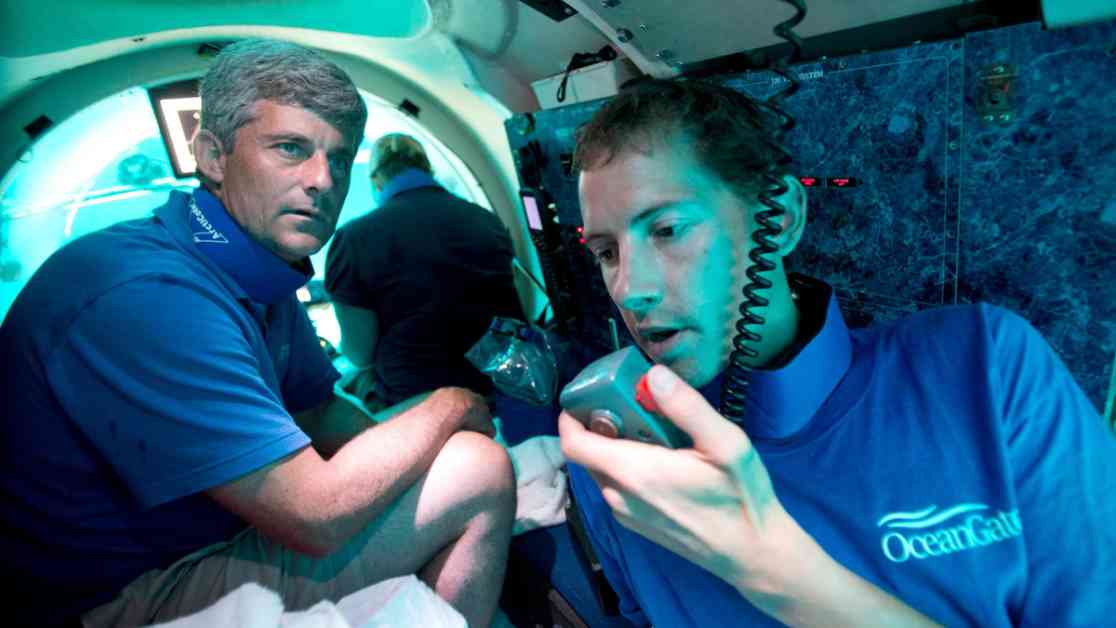The former CEO of OceanGate, Stockton Rush, who was behind the ill-fated Titan submersible that tragically imploded and killed five people last year, was willing to resort to extreme measures to ensure his missions to the depths of the Titanic could proceed. According to reports, Rush was ready to bribe lawmakers if it meant getting his controversial craft in the ocean.
A U.S. Coast Guard inquiry has been launched into the disaster that claimed the lives of Rush, as well as passengers Hamish Harding, Shahzada Dawood and his son Suleman, and Paul-Henri Nargeolet. The inquiry has revealed troubling details, such as the sub’s chief engineer being fired for raising design concerns, the craft crashing days before the disaster, and Rush claiming that no one would die on his missions. Now, new information has come to light that Rush was willing to engage in bribery to overcome regulatory hurdles.
During the inquiry, former OceanGate employee Matthew McCoy testified that Rush had mentioned buying a congressman to make any problems “go away.” McCoy, a former Coast Guard member, raised safety and regulatory concerns about the expedition, to which Rush allegedly responded by suggesting bypassing issues through the Bahamas and launching from Canada. McCoy’s revelation about Rush’s willingness to use bribery shocked him enough to resign from the company.
The Titan sub’s design, which featured a carbon fiber tube with a round titanium cap on each end, deviated from traditional deep-diving sub designs and failed to receive regulatory approval, leading it to be operated as an experimental craft. The unique design and materials choice of the submersible have faced intense criticism from experts, with many pointing out its unsuitability to handle extreme pressures.
The recent conclusion of the Coast Guard’s Maritime Board of Investigation hearing saw numerous criticisms from former OceanGate employees and third-party experts who were consulted on the project. Rush’s claims of approval from prestigious organizations like NASA were debunked, leading to further scrutiny of the sub’s design choices and operational decisions. The board is now tasked with analyzing all the evidence presented during the inquiry to determine the factors that led to the Titan’s implosion and the tragic loss of lives.
As the investigation continues, the public awaits the release of a comprehensive report detailing the sequence of events that culminated in the Titan disaster. The revelations from the inquiry shed light on the lengths to which individuals may go to push forward controversial projects, underscoring the importance of regulatory oversight and adherence to safety standards in high-risk ventures.










